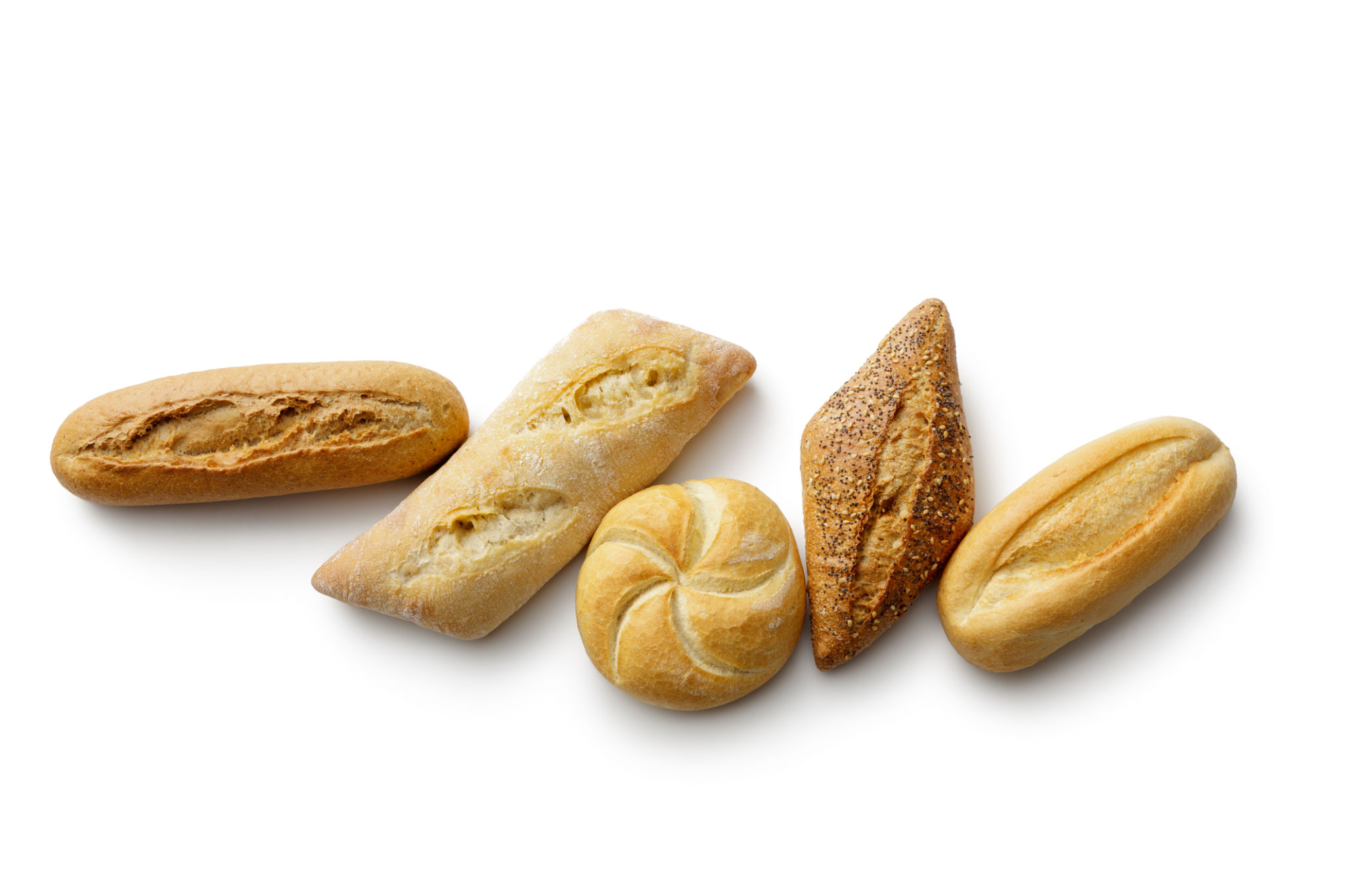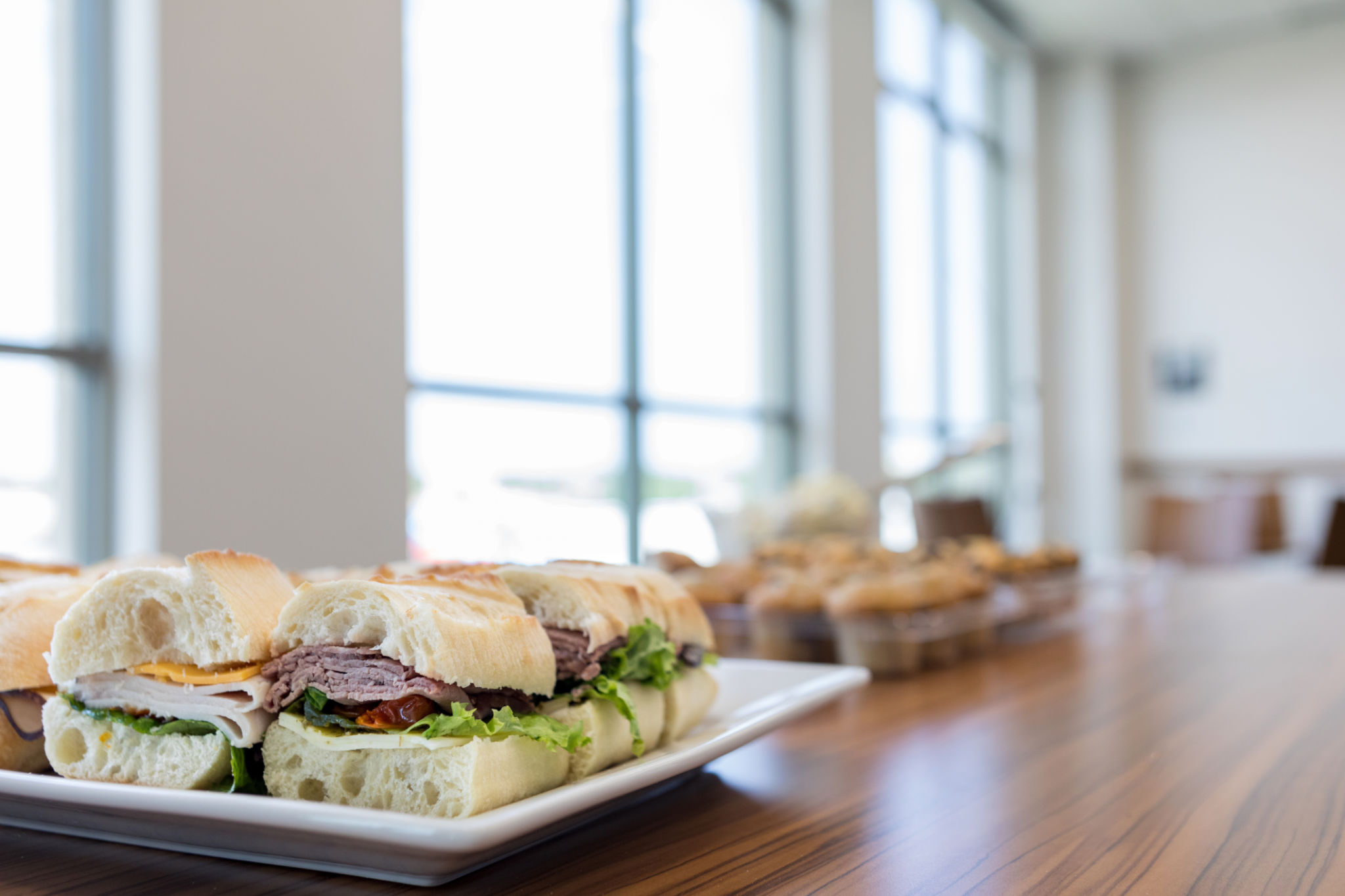The Ultimate Guide to Choosing the Right Bread for Every Meal
Understanding Bread Types
Bread comes in a variety of types, each offering unique flavors and textures that can enhance different meals. From hearty whole grain to delicate brioche, choosing the right bread can elevate your dishes. Knowing what each type of bread can bring to the table is the first step in making the perfect selection for your meals.
Whole grain breads, for instance, are packed with nutrients and have a robust flavor that pairs well with savory dishes, while sourdough, with its tangy taste and chewy texture, can add a complex layer to any meal. Understanding these characteristics will help you make the best choice for every occasion.

Breakfast Breads
Breakfast is often considered the most important meal of the day, and the right bread can make it memorable. For a light and sweet start, consider using brioche or challah. These breads are slightly sweet and have a soft, fluffy texture that complements spreads like jam or honey perfectly.
If you prefer something heartier for breakfast, whole grain or multigrain breads are excellent choices. They provide a good source of fiber and pair well with savory toppings such as avocado or scrambled eggs. Whole grain toast topped with smashed avocado and a sprinkle of red pepper flakes can be both nutritious and satisfying.

Lunch Selections
When it comes to lunch, sandwiches often take center stage, and the type of bread you choose can make all the difference. For classic sandwiches like ham and cheese or turkey club, traditional white or wheat bread provides a sturdy base without overpowering the other flavors.
If you're crafting a gourmet sandwich, consider using ciabatta or focaccia. These Italian breads have a chewy texture and rich flavor that can hold up well to heavier fillings like roasted vegetables or marinated meats. Their unique taste adds a gourmet touch to any sandwich.

Dinner Pairings
Dinner is where bread truly shines as an accompaniment to a variety of dishes. For pasta dishes or soups, a crusty baguette or rustic sourdough is ideal. These breads have a firm crust and airy interior, perfect for dipping or sopping up sauces.
If you're serving a more refined meal, consider offering a selection of dinner rolls or flatbreads. Rolls can be brushed with garlic butter for an aromatic addition to the table, while flatbreads can be topped with herbs or cheese for a flavorful side dish.

Dessert Breads
Bread isn't just for savory dishes; it can also be the star of dessert. Sweet breads like banana bread or cinnamon swirl make delectable desserts on their own or paired with ice cream. Their rich flavors and moist textures are satisfying ways to end a meal.
For a lighter dessert option, consider a fruit-studded loaf such as cranberry orange bread. The tartness of cranberries combined with the zest of orange creates a refreshing and delightful treat that stands out on any dessert menu.

Conclusion: Making the Right Choice
Choosing the right bread for each meal involves more than just preference; it's about enhancing the flavors and textures of your dishes. By understanding the characteristics of different types of bread, you can create meals that are not only delicious but also memorable.
Next time you're planning a meal, take a moment to consider your bread options. Whether it's the hearty texture of whole grain or the delicate sweetness of brioche, the right bread can transform your dining experience into something extraordinary.